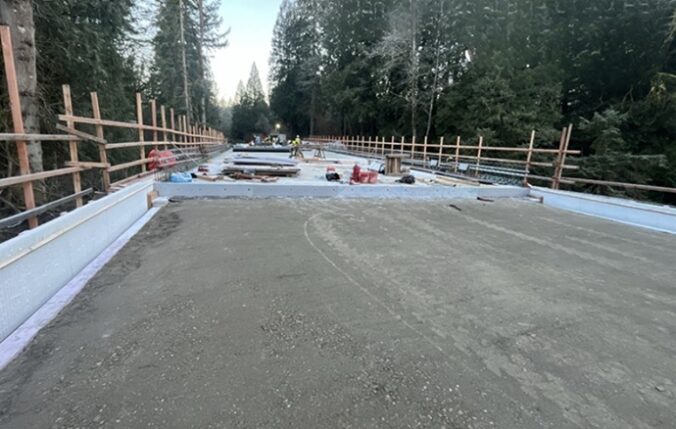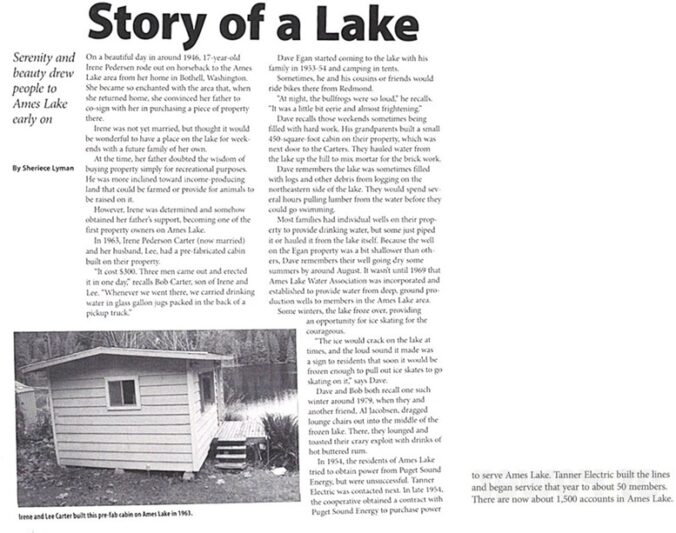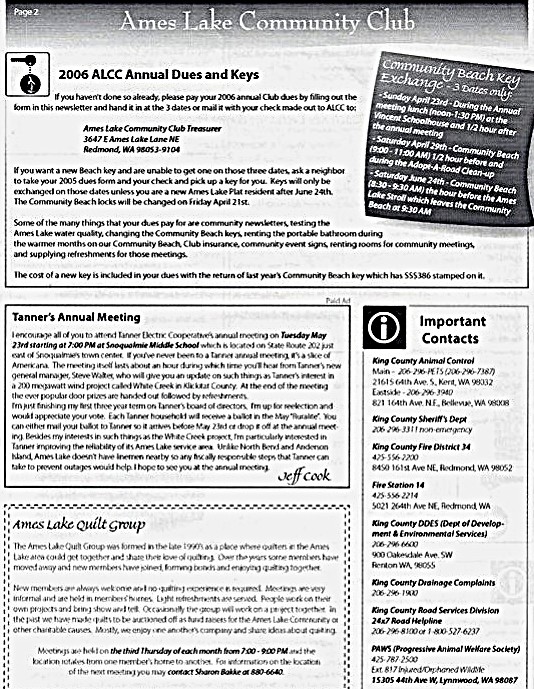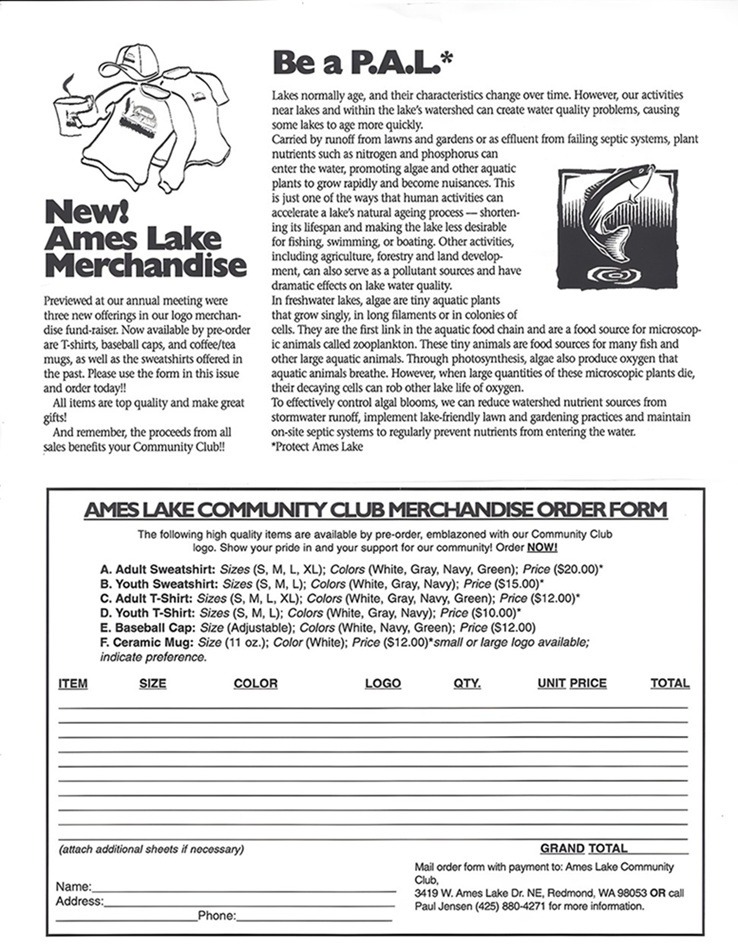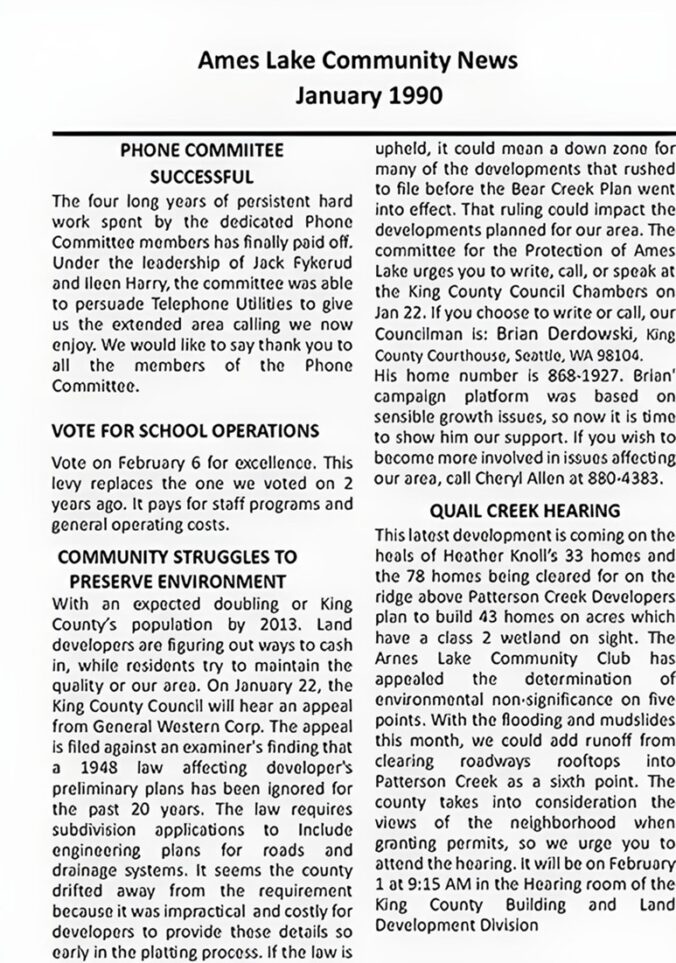
Until the railroads arrived in 1910, water travel on the Tolt and Snoqualmie rivers was used for commercial and passenger transport. The earliest settlers used canoes. Eventually, these were replaced by steamboats. It was difficult for the steamers to maintain dependable schedules, as it was not unusual for the vessels to get stuck in shallow areas. When that happened, they had to run a line to a tree on shore and use a winch to haul themselves through the river channel.
The steamers hauled passengers and freight, which included both produce and livestock. If the animals fell overboard, the crew had to round them up in lifeboats. Steamers would also serve as towboats and could often be seen towing a large boom to another port down steam.
The Alki steamboat
The Alki began navigating the Snoqualmie River around 1875. It was a small, light draft steamboat owned by Brown and McCall. The Alki was probably the only boat making regular trips upstream from Snohomish at the time.
Ames Ferry Landing
In the early 1900s, John Ames established a ferry service near his home on the west bank of the Snoqualmie River, across from what is now Tolt-McDonald Park. His ferry ran on a cable stretched across the river, and passengers were charged a small fee for transport – 10 cents per person and 25 cents for a horse and wagon.
Ames also built a resort hotel on this site, and for a time it was a popular retreat for Seattle residents. Ames operated only a few years, as he left the area after his son was killed working on the railroad. Ames Lake is named in his son’s honor.
![]()
